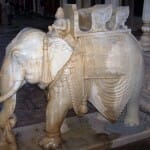
Traveling abroad provides an excellent opportunity to explore diverse cultures. Prior to living in India, I had not taken the time to learn about Hinduism, Jainism, or Buddhism. Suddenly, I was surrounded by intriguing statues and symbols and a mega dose of Indian culture
In retrospect, I wish that I had taken a crash course in Indian culture and religions, read a few books, or visited an Indian exhibit at a museum. Perhaps, I would have been better prepared and my ignorance would not have been so overwhelming.
Indian based religions have multiple layers of interpretation. Many of my Indian colleagues and acquaintances struggled when they attempted to answer some of my queries. To some extent I could sympathize. If a Gentile asked me a question, my response would be dependent on many factors. I’m sure the same holds true for the average Hindu.
To this day, I remain fascinated by the wide array of gods and goddesses. The images are rich with symbolism and interpretation and a ton of Indian culture. During a recent trip to London’s British Museum, I wandered through several Indian exhibits and marveled at the wide assortment of statues. I am sharing some of my photos and abbreviated versions of the museum’s descriptions.
Durga Killing the Buffalo Demon, Eastern India, 800-900 CE
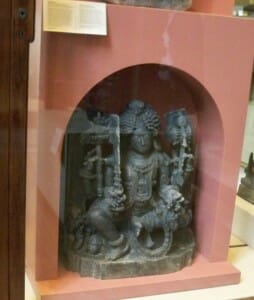 Bhrava, from Western Karnataka, Hoysala Dynasty, 12th century
Bhrava, from Western Karnataka, Hoysala Dynasty, 12th century
- In this sculpture, one of the terrible aspects of the the god Shiva is revealed. The image has four hands that carry distinct objects- a trident, a sword, a double-ended drum and severed human heads. It also includes skeletal demons and a dog which is used as a vehicle.
Elephants and Riders- Karnataka, 13th century Hoysala Dynasty
- This segment is assumed to be a part of a temple decoration. It looks very similar to the decorations that I saw at the Hoysala Temples in Belur and Halebeedu.
Vajrasativa, East India, 10th century CE
- The goddess sits in a double lotus position.
Garuda, 13th century
- This god is part man and part bird. It symbolizes the sun and is an enemy of snakes. The hands depict worship.
Ganesha, 13th century, India
- This is a popular Hindu deity that is considered a remover of obstacles. The five heads represent “all seeing power.” The statue has a goddess seated on its lap. She maintains the god’s essential energy.
In my haste, I failed to record a name for this piece. Can anyone identify this image?
Ambika, the Jain Mother Goddess, India 1034 CE
- The figure is holding a book, a noose to tie off ignorance, a club to subdue evil, and a missing hand would have held a rosary representing inward knowledge.
- This popular Hindu god is the son of Parvati. Ganesha received his elephant head when Shiva cut off his head and replaced it with the first creature he came upon.
My husband took the next two pictures. Can anyone identify these figures?
Once again, I highly suggest visiting the British Museum site. It is a warehouse of information and an excellent resource for teachers to gather supplementary social studies materials.
Related Blogs
Commuting: Auto Rickshaws in Bangalore
Overseas Women’s Club of Bangalore- Connecting with Expats
Coping With the Uncertainties of Life (Response to Terrorist Bombings)
Why the Movie, The Best Exotic Marigold Hotel Hits Home
Sandra’s Bio
Sandra Bornstein is the author of MAY THIS BE THE BEST YEAR OF YOUR LIFE. It is available on Amazon. Sandra’s memoir highlights her living and teaching adventure in Bangalore, India. She is a licensed Colorado teacher who has taught K-12 students in the United States and abroad as well as college level courses. Sandra is married and has four adult sons.
The memoir was a finalist in the Travel category for the 2013 Next Generation Indie Book Awards, the 2013 International Book Awards, the 2013 National Indie Book Excellence Awards, the 2013 USA Best Book Awards, and received an Honorable Mention award in the Multicultural Non-Fiction category for the 2013 Global ebook Awards.
If you’re interested in travel, follow Sandra’s latest adventures on Examiner.com.
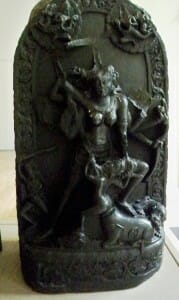
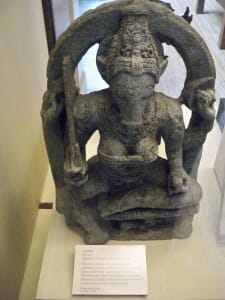
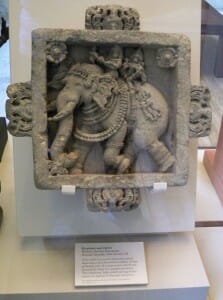
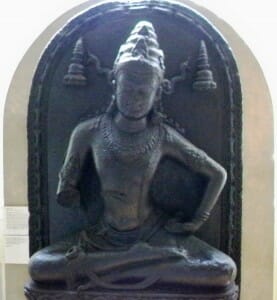
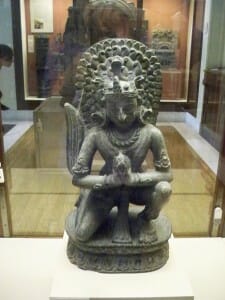
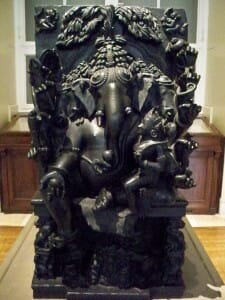
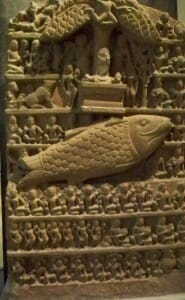
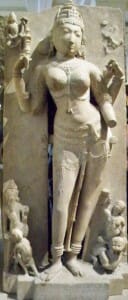
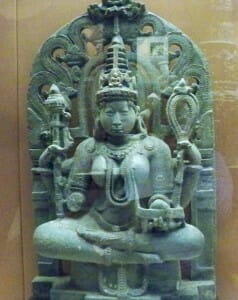
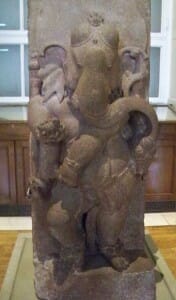
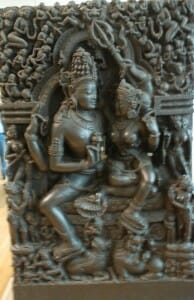
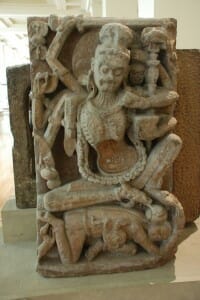
Thanks for the educational photos. The British Museum seems like a great place to learn a wide variety of subjects. Thanks for sharing.
Laura, If you cannot make it to London, the website is filled with amazing information. Anyone interested in history should take a peek.